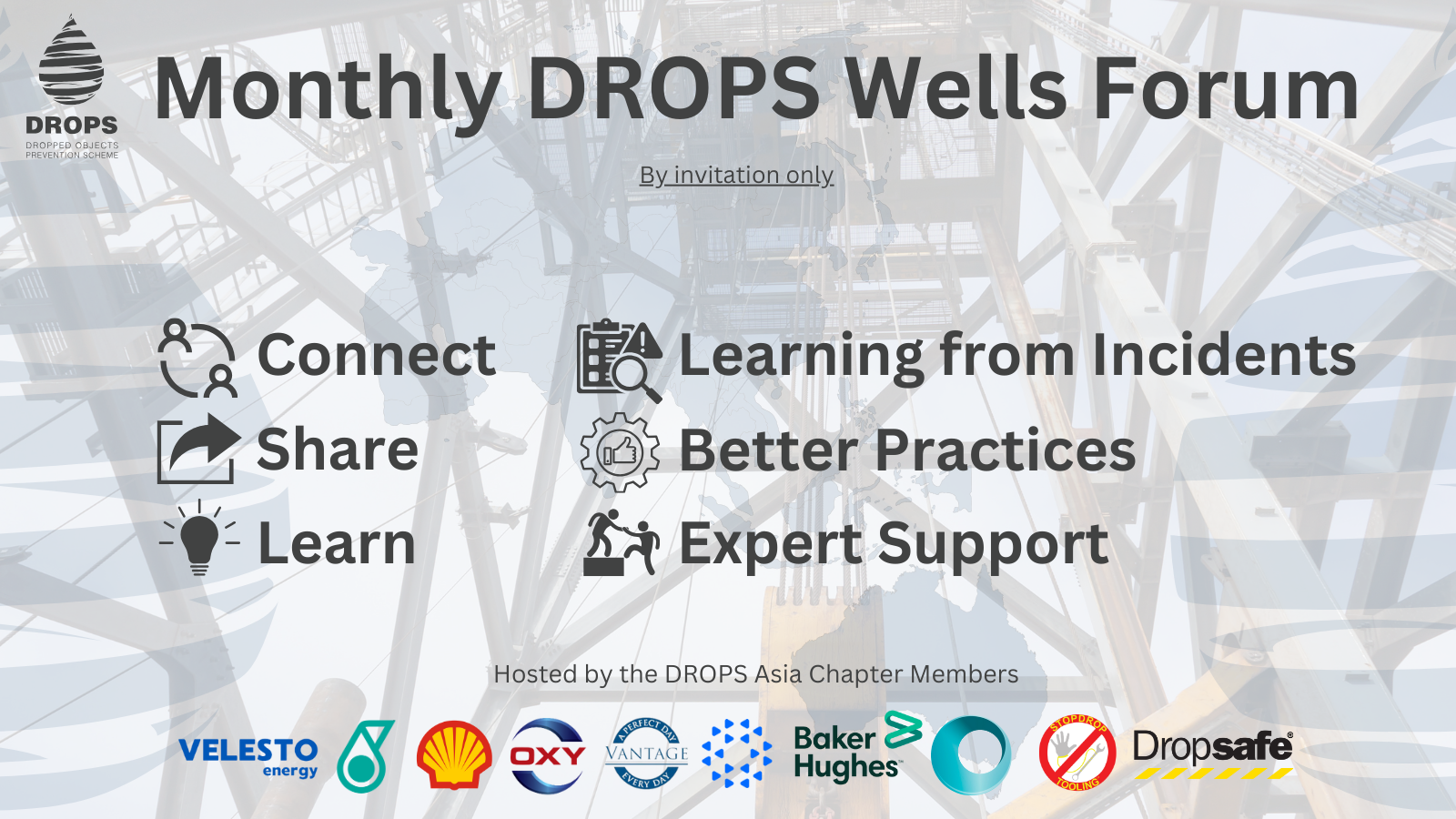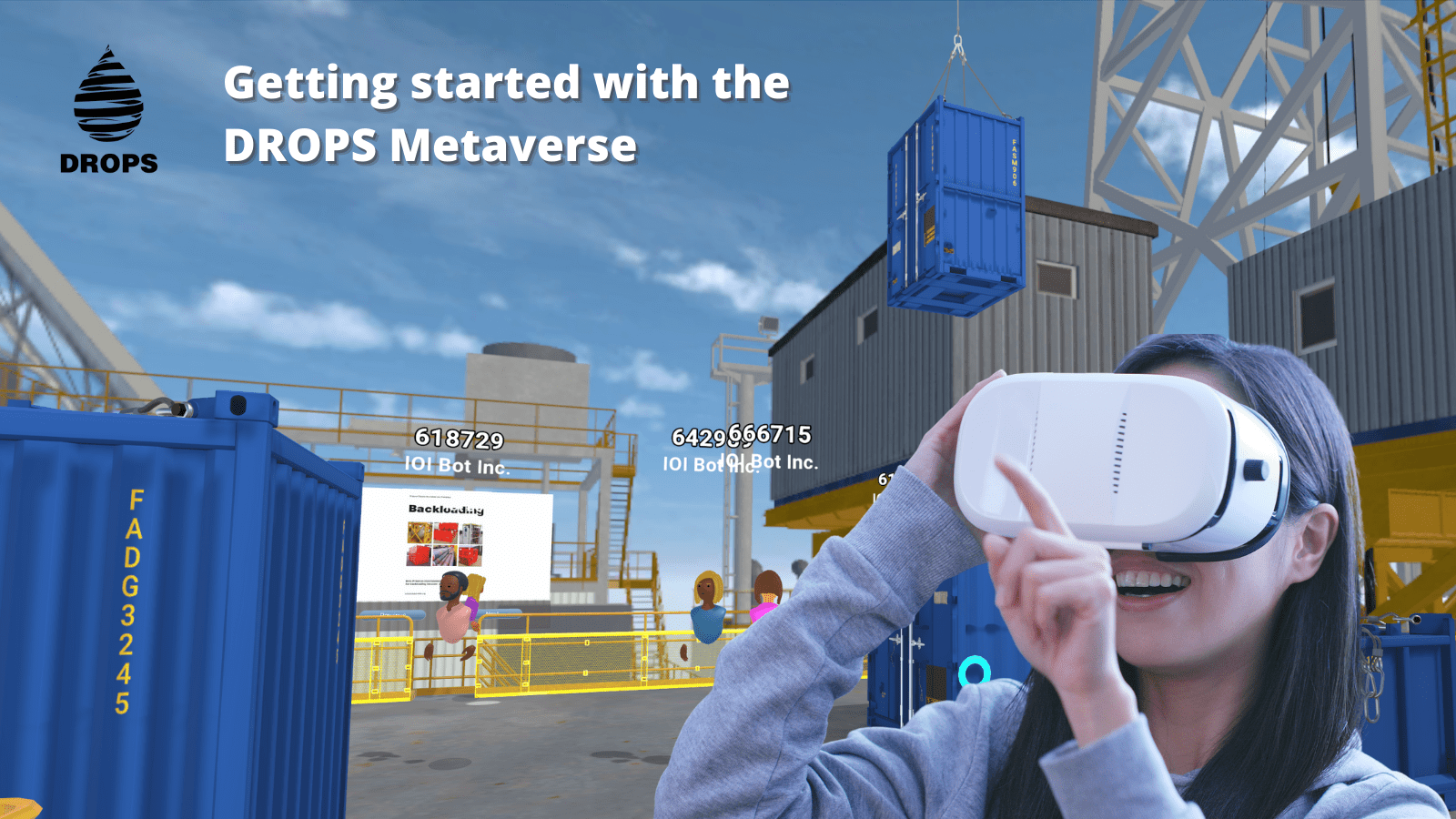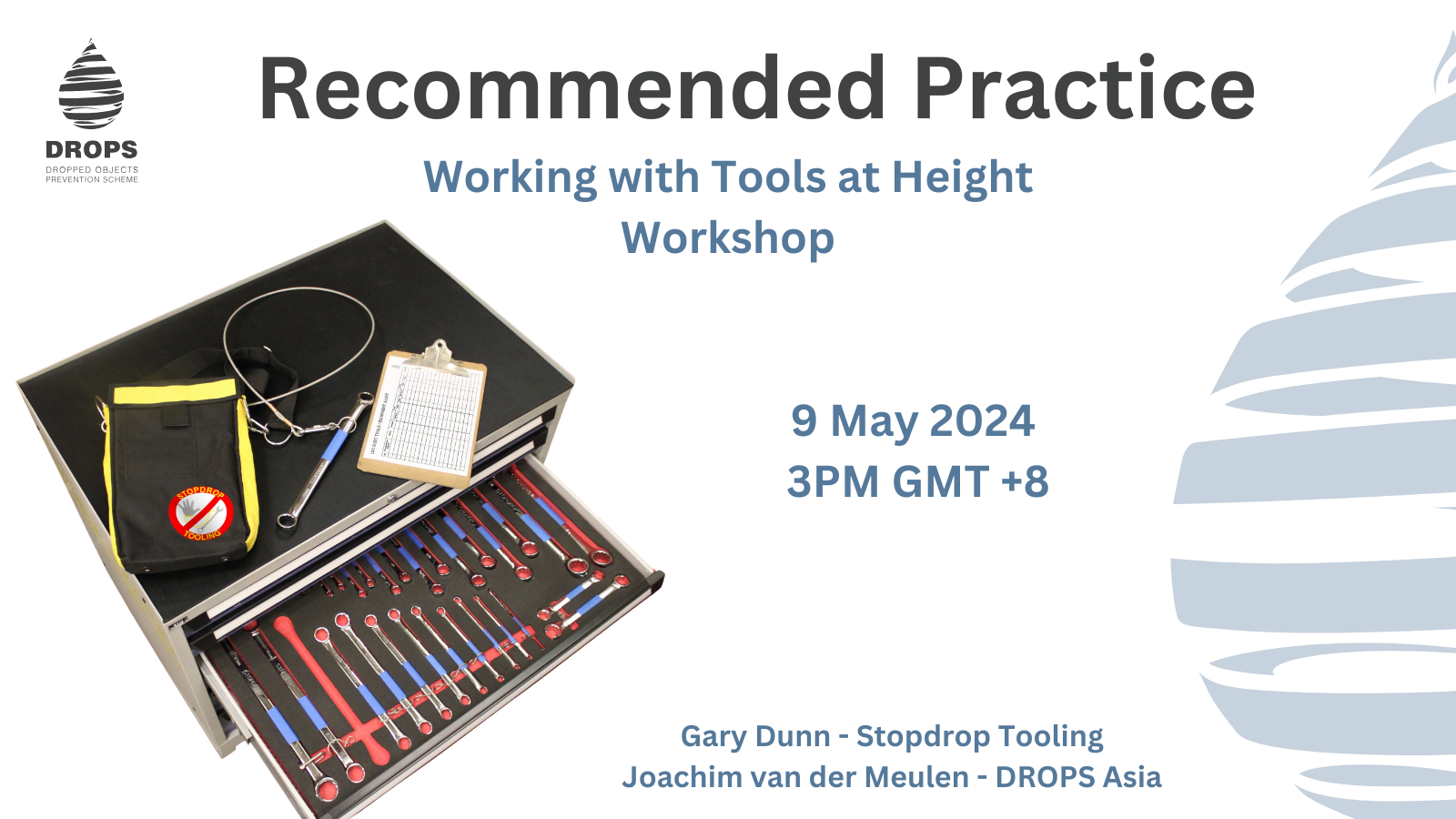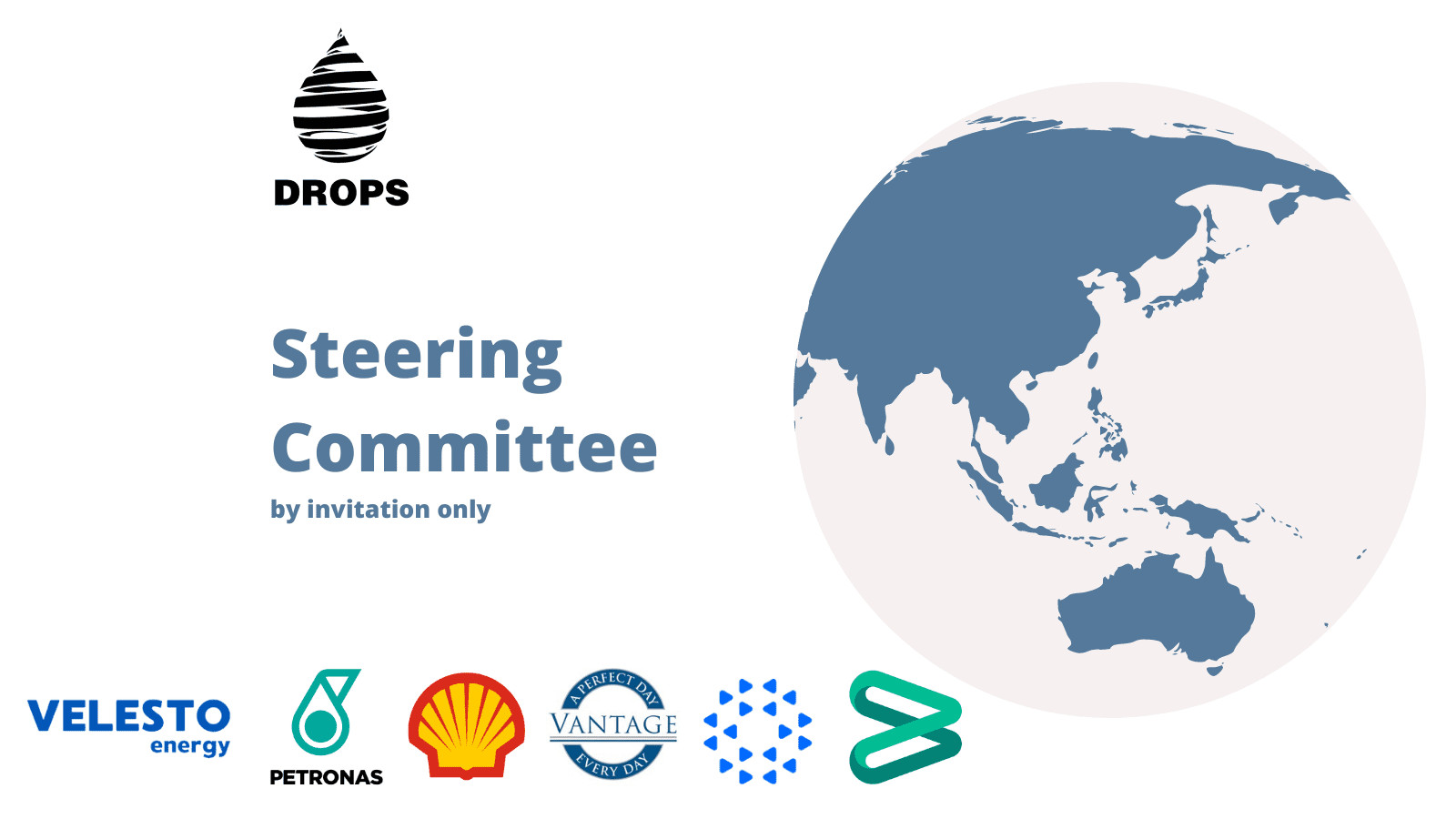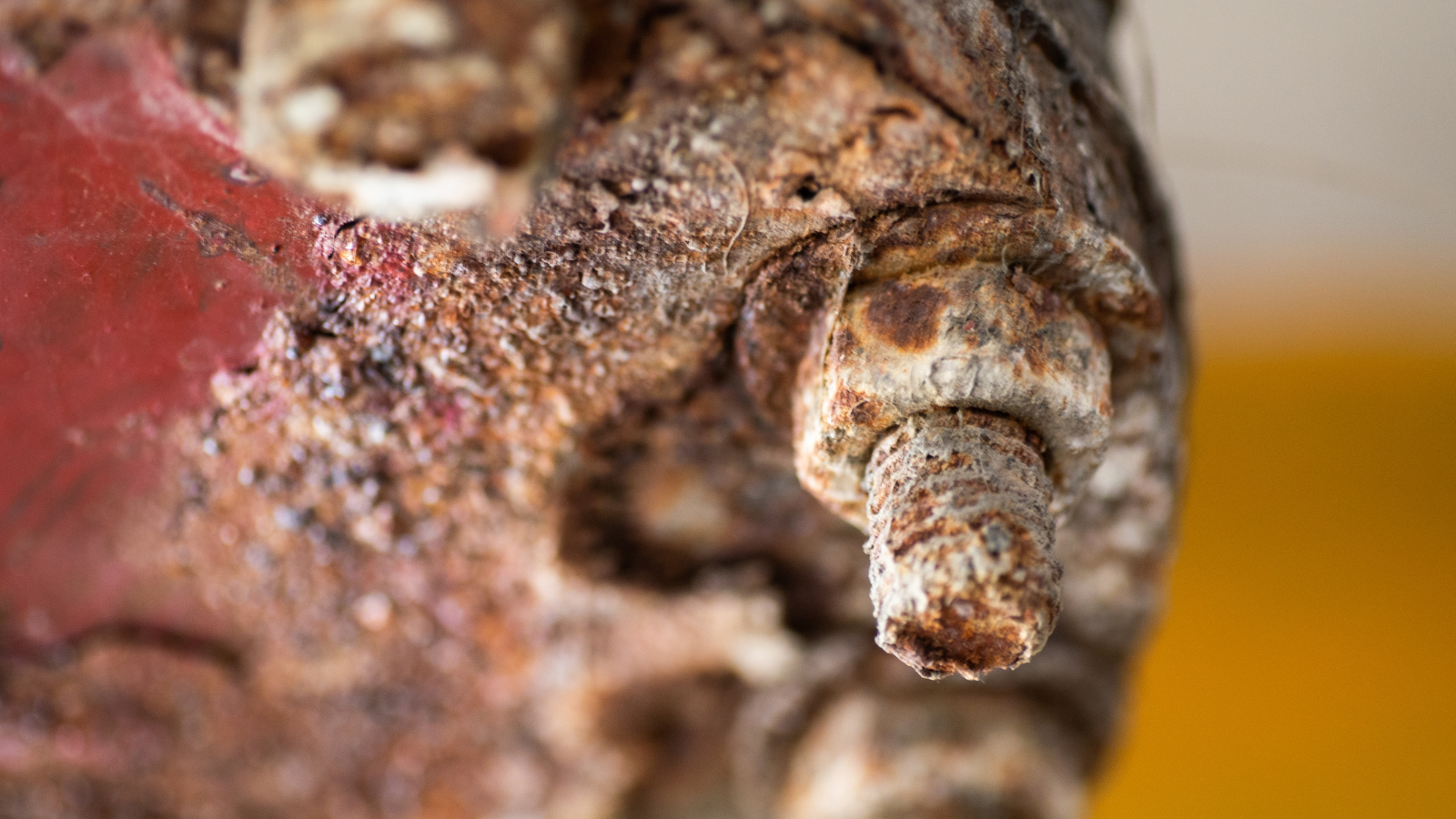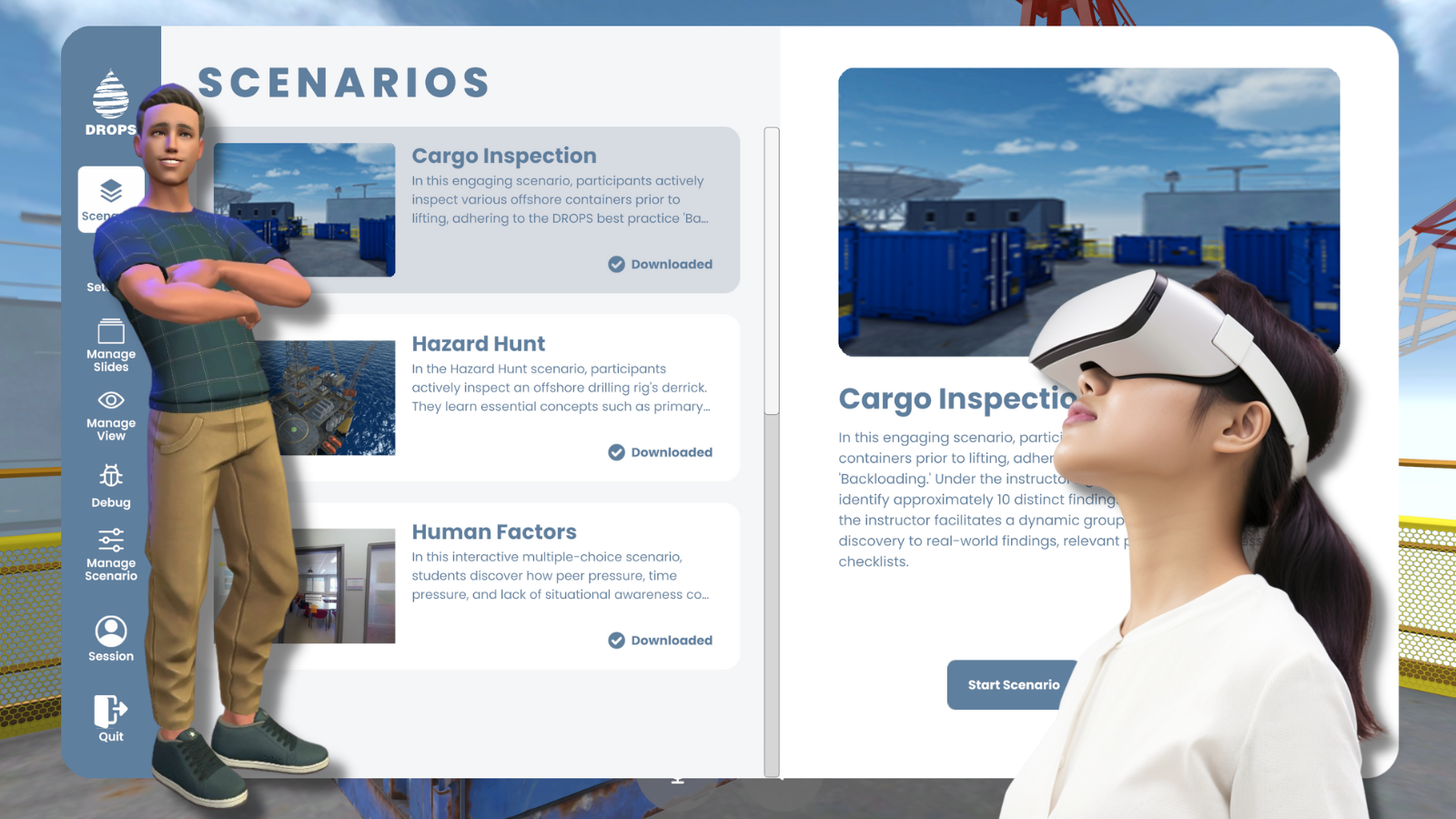Galvanic Corrosion: The Overlooked Risk of Dropped Objects in Industries
Galvanic corrosion, often discussed in material science contexts, has direct and sometimes overlooked implications for industries: the risk of dropped objects. When different metals, such as steel and aluminum, come into contact in moist environments, the aluminum, being more reactive, starts to corrode, while the steel remains largely unaffected.
Imagine a steel machine with an aluminum certification plate riveted onto it. In a damp environment, the aluminum begins to corrode due to its interaction with the steel. This corrosion isn’t just a surface-level concern; it directly affects the equipment’s structural integrity.
Weakening of Connections:
The corrosion where the aluminum plate meets the steel equipment can compromise the rivets holding the plate. Over time, these corroded rivets lose their strength, making the plate’s attachment less secure.
Salt Water’s Accelerating Effect
In offshore or coastal environments, salt water can significantly speed up galvanic corrosion. This hastened corrosion can lead to faster equipment degradation, raising the risk of parts becoming loose and falling. It’s vital to select equipment designed for these conditions to prevent such hazards.
Vibration and Movement
Equipment frequently faces movement from its operation, transportation, or external forces. These vibrations can stress the already weakened rivets further. With each vibration, the risk of the rivets giving way increases.
The Dropped Object Hazard
If the rivets can’t hold, the aluminum certification plate can detach. This isn’t just about a piece of metal coming off; it’s a significant safety hazard. Depending on its fall height and the environment, this plate, with its weight and edges, becomes a dangerous projectile.
Potential for Harm
A falling aluminum plate, given its size, shape, and weight, can cause severe injuries. Its flat, rigid structure can lead to a concentrated impact, especially dangerous if it hits a worker. In some cases, such a dropped object can result in grave injuries or even fatalities.
Material Selection and Repetitive Mistakes
The metals chosen for equipment play a pivotal role in its durability. A mistake in pairing metals can be more than just a localized issue. If this error originates in the design or procurement phase, it’s likely to be a recurring problem throughout the equipment or structure, amplifying the risk of multiple components becoming potential dropped objects.
Regular Inspections to Mitigate Risks
Consistent checks can identify early signs of corrosion, which is crucial for preventing equipment parts from detaching. After upgrades or maintenance, it’s essential to re-inspect, as new components or modifications can introduce or exacerbate galvanic corrosion risks, increasing the likelihood of dropped objects.
In conclusion, while galvanic corrosion is a material science concern, its implications for workplace safety, especially regarding dropped objects, are profound. Industries must remain vigilant, understanding that even a simple certification plate, if dislodged, can pose a significant safety hazard. Safety isn’t just about preventing major breakdowns; it’s also about recognizing and mitigating the nuanced risks that can lead to significant consequences.








